11 Riveting River Thames Facts
Learn all about the secrets of the longest river in England!
If you've ever been to London, you've probably seen the Thames - if you're in the middle of the city, it's hard to miss! It's an icon of the city, with hundreds of years of history behind it - how much do you know? Do you know how many bridges it has, or what happened when it froze solid? Learn all about it with these eleven amazing facts! And, for more history - check out our factsheets on the Tudors, Robin Hood, and the HMS Titanic!
1. It's LONG
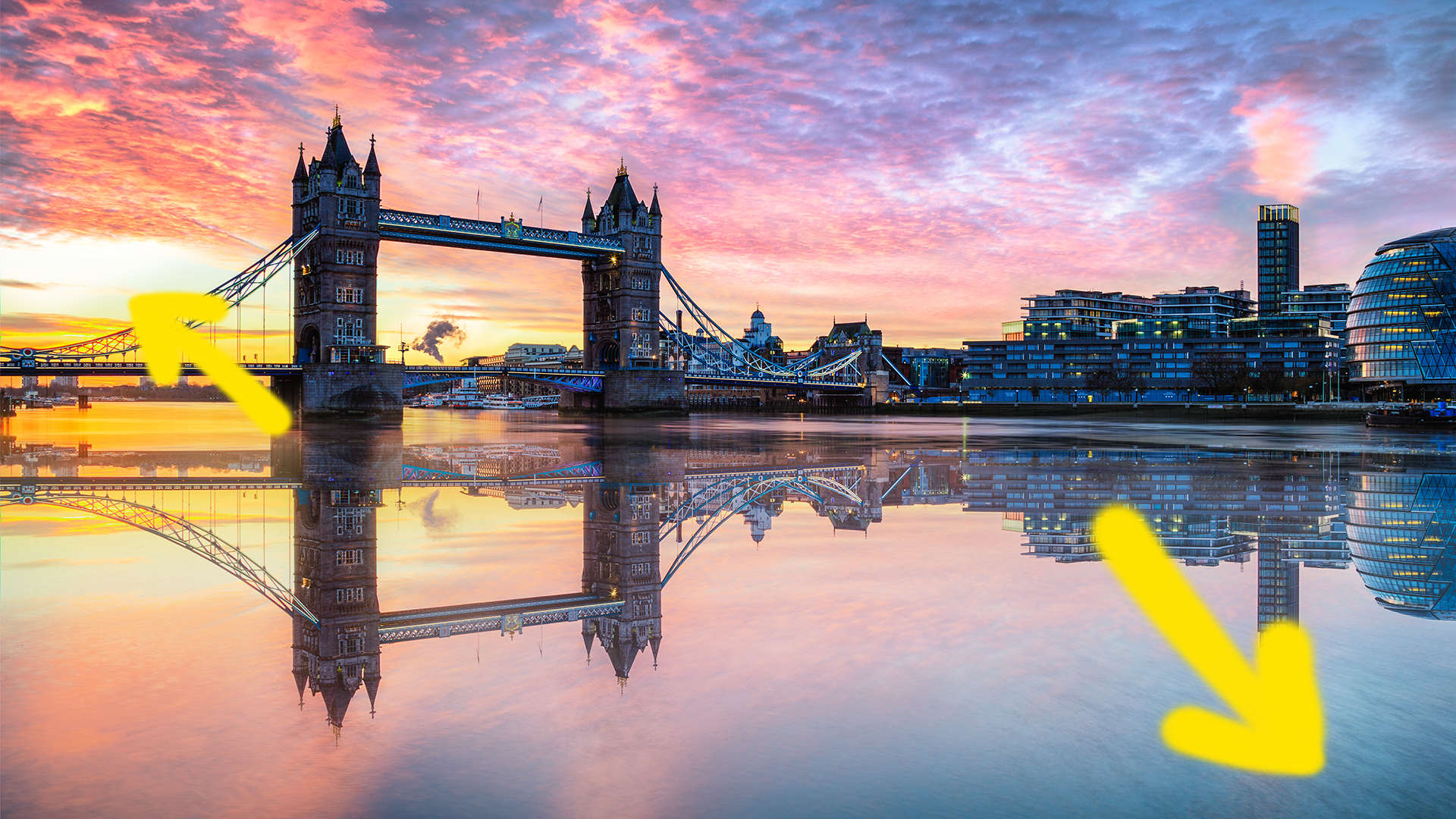
Well, it's not Nile or Amazon long, but the Thames does clock in at an amazing 215 miles (346km), making it the longest river in England!
2. It has a different name in Oxford
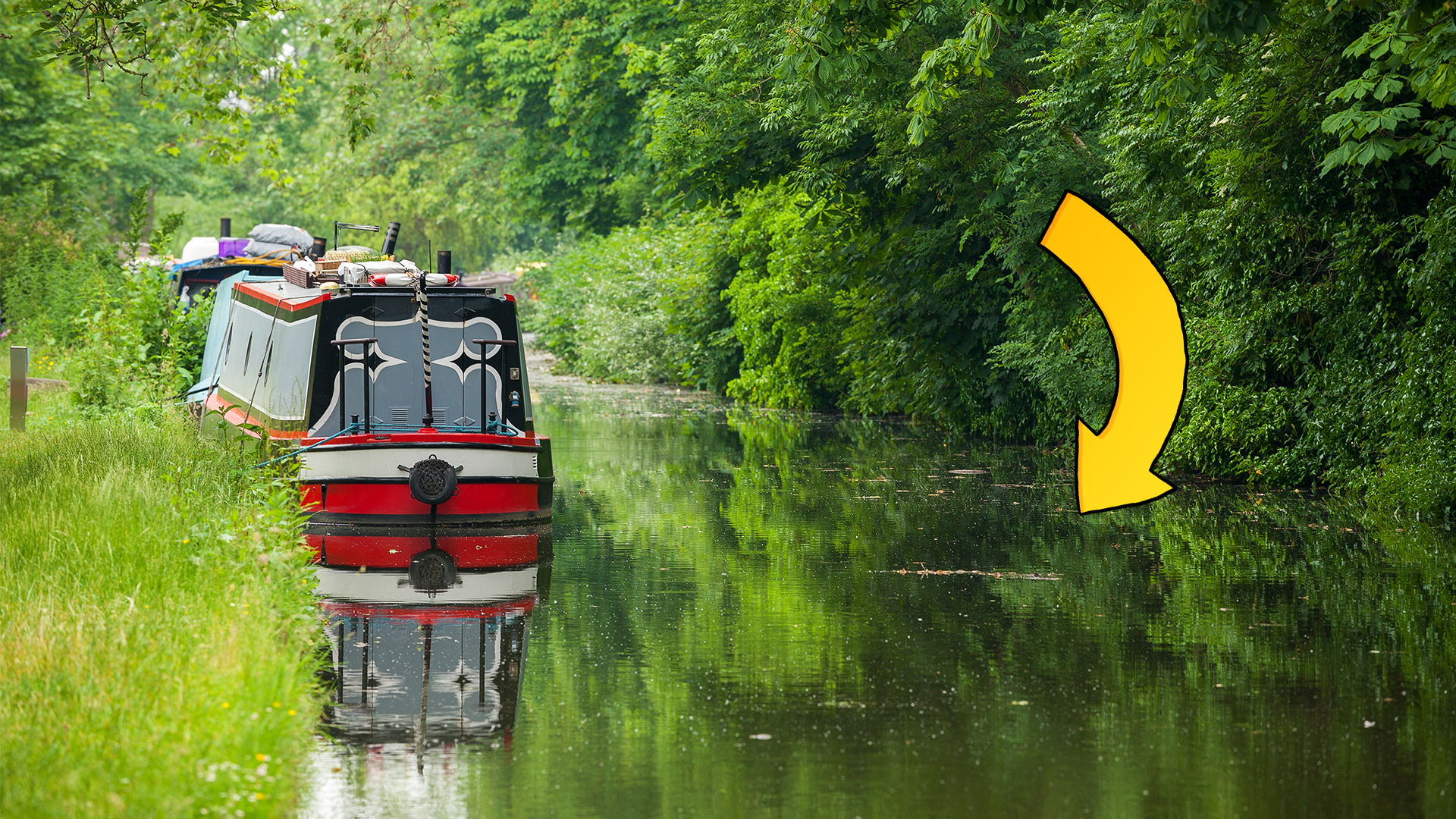
The stretch of the Thames that flows through Oxford is called the River Isis. This comes from the old name for the Thames, Tamesis, which was believed to be a combination of "Thames" and "Isis".
3. It provides drinking water for London

The Thames provides an amazing two-thirds of London's drinking water. It's treated first (of course!) so you really shouldn't drink straight from the river!
4. It has four lifeboat stations
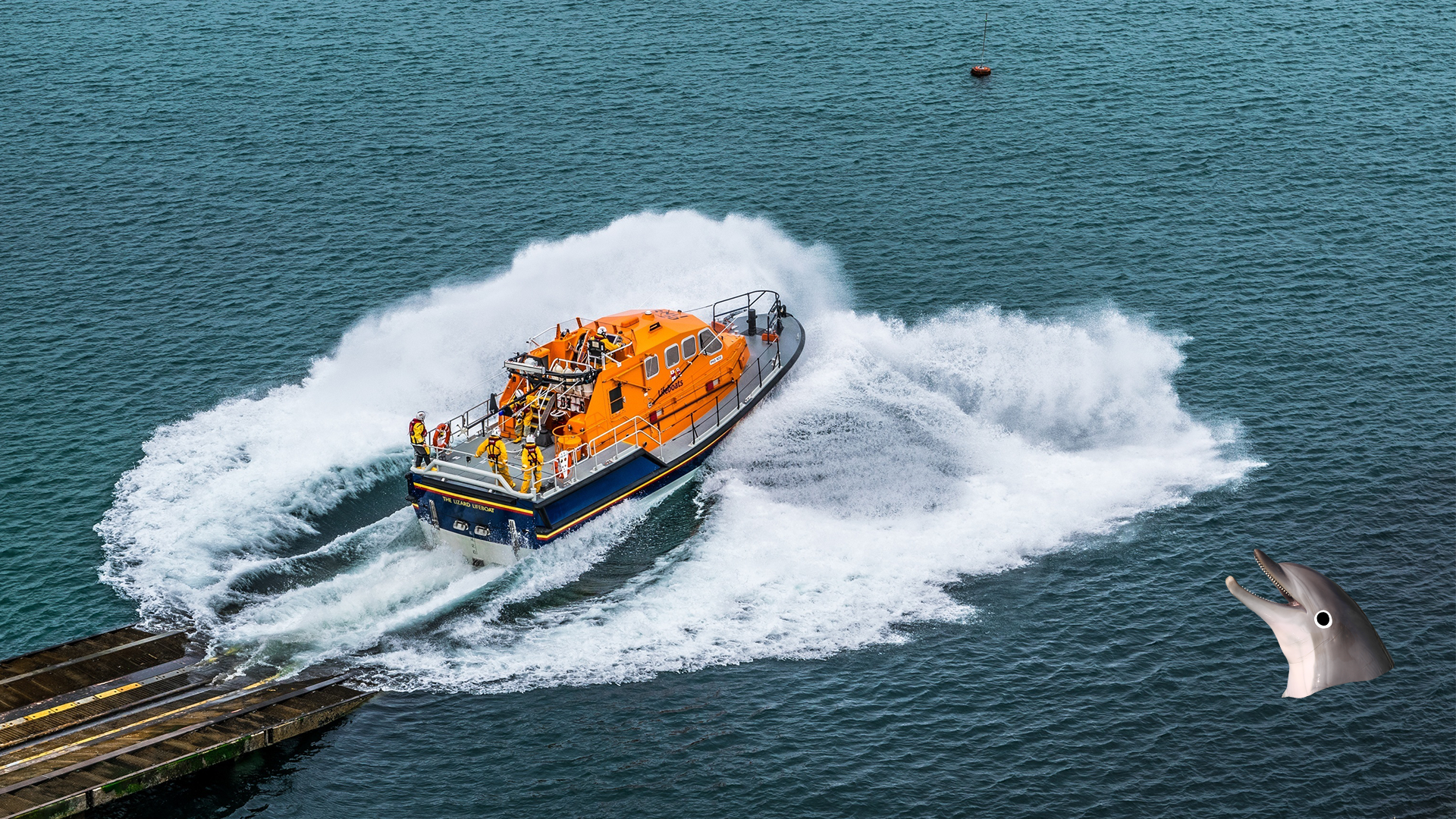
Lifeboat stations, manned by the Royal National Lifeboat Institute, can be found all over Britain's coastlines - but they also have an amazing four stations along the Thames! The busiest one is at Waterloo Bridge, right in the middle of London. Like all water the Thames can be very dangerous if people fall into it, and in 1989 there was a terrible accident when a pleasure ship, the Marchioness, sank near Southwark Bridge and fifty-one people died. After this it was decided that there needed to be water rescue along the river, and they've saved a lot of lives since then!
5. It used to host Frost Fairs on its surface!

Hundreds of years ago the river used to freeze over in the winter, sometimes for up to two months! The ice was so thick that in the winters between 1600 and 1814, there were a total of seven major "Frost Fairs". These were basically a Christmas market, but on the ice! People would set up camp on the ice and sell food and drinks while the people of London came to have fun. There was ice skating, horse riding, football, bowling, pubs, even barber's shops! On one occasion an elephant was led across the ice!
6. It's home to a lot of wildlife
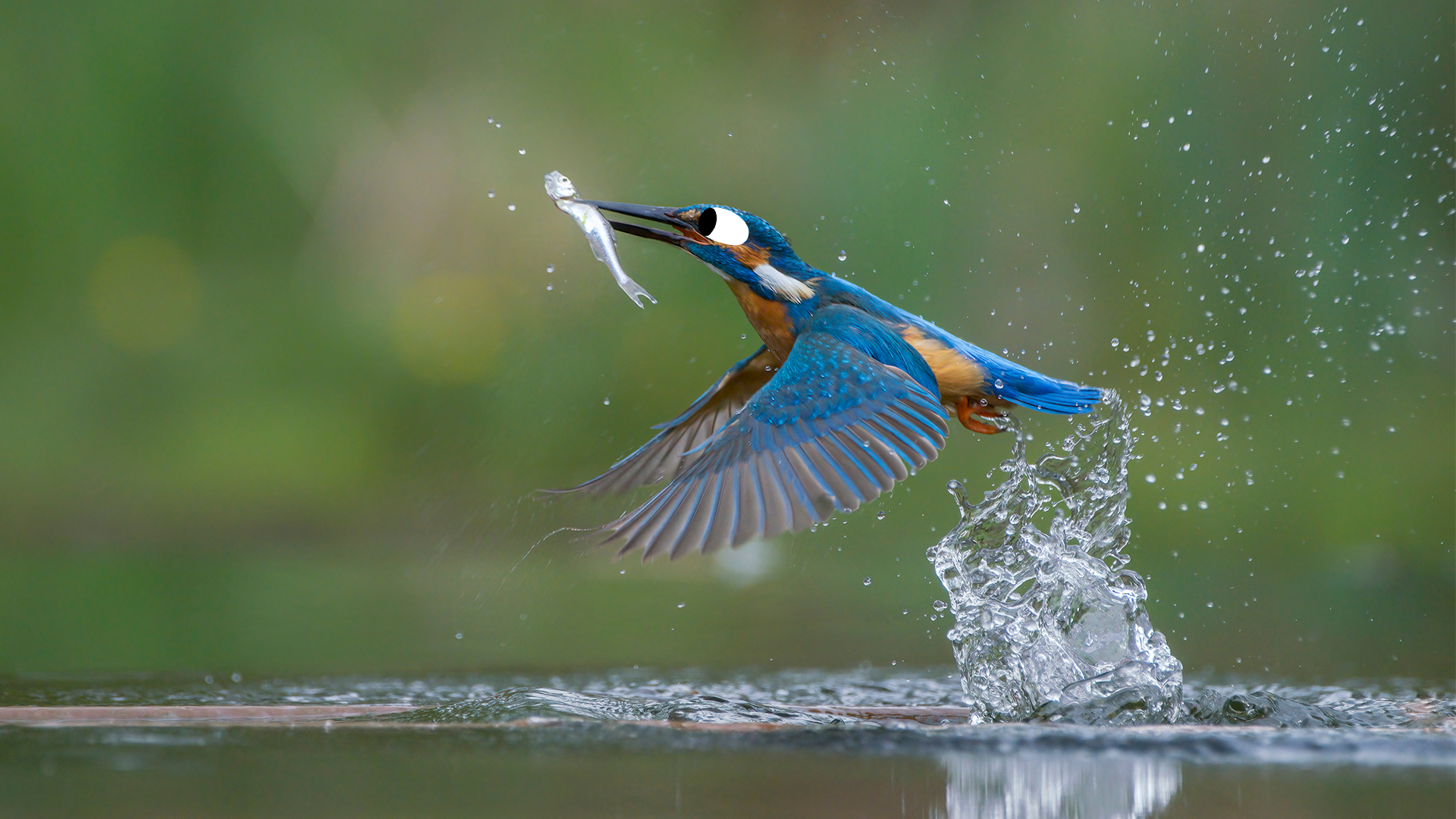
You don't immediately think of wildlife when you think of the Thames, but it's actually full of interesting creatures! About 125 species of fish call the Thames their home, and you might spot porpoises and seals in some parts! There are also lots of birds - not just swans, ducks and herons, but kestrels, swifts, and the beautifully-coloured kingfisher! Another reason to not throw litter into the river!
7. There are a LOT of bridges over the Thames
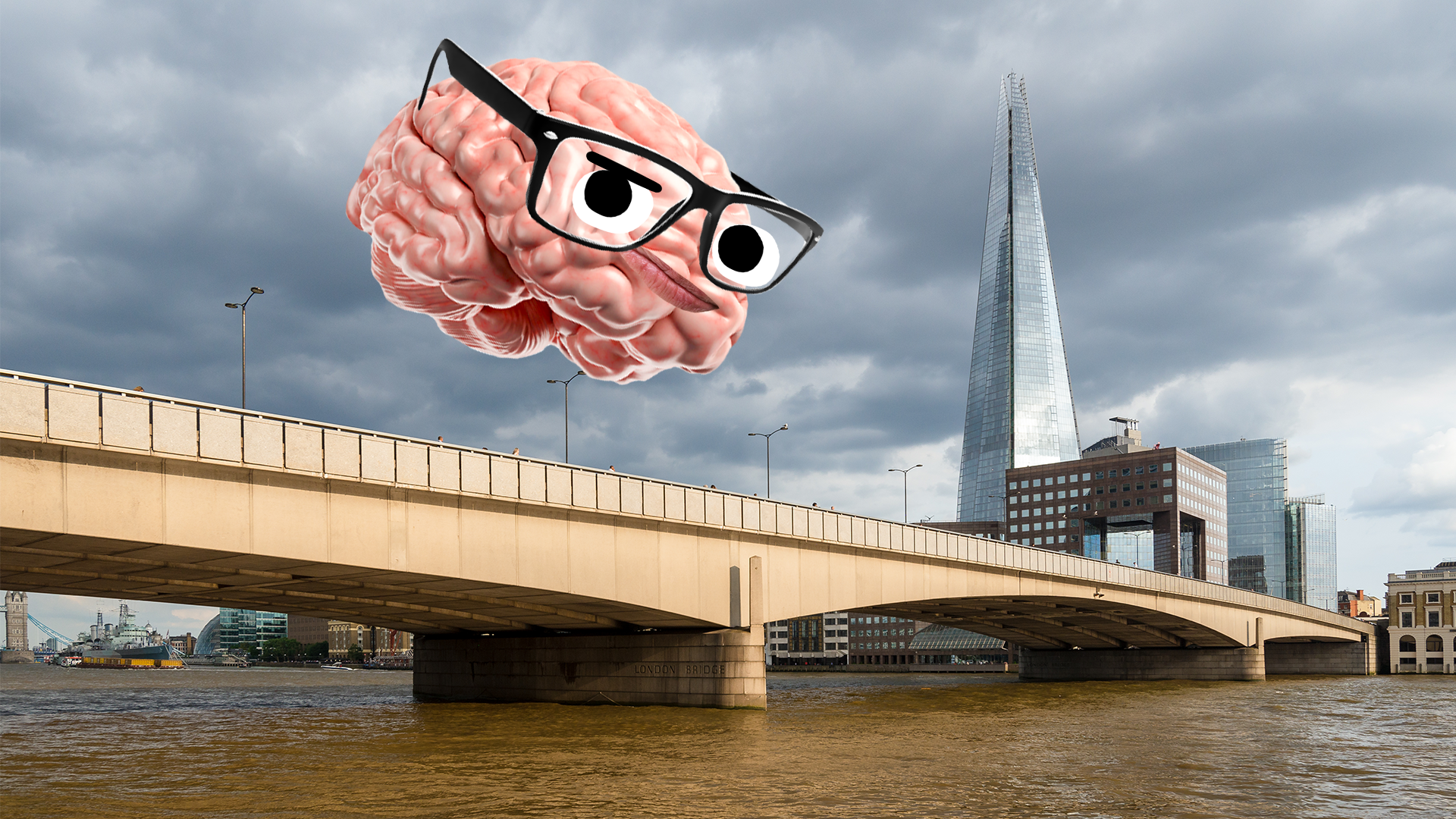
It's not very surprising given how long the Thames is, but you still might be surprised to learn that there are around 200 bridges that cross it! 21 of these are in Central London. There was once a time where there was only one bridge, the old London Bridge. That's one heck of a walk if you're trying to cross in Southend-on-Sea!
8. Its name means "dark"
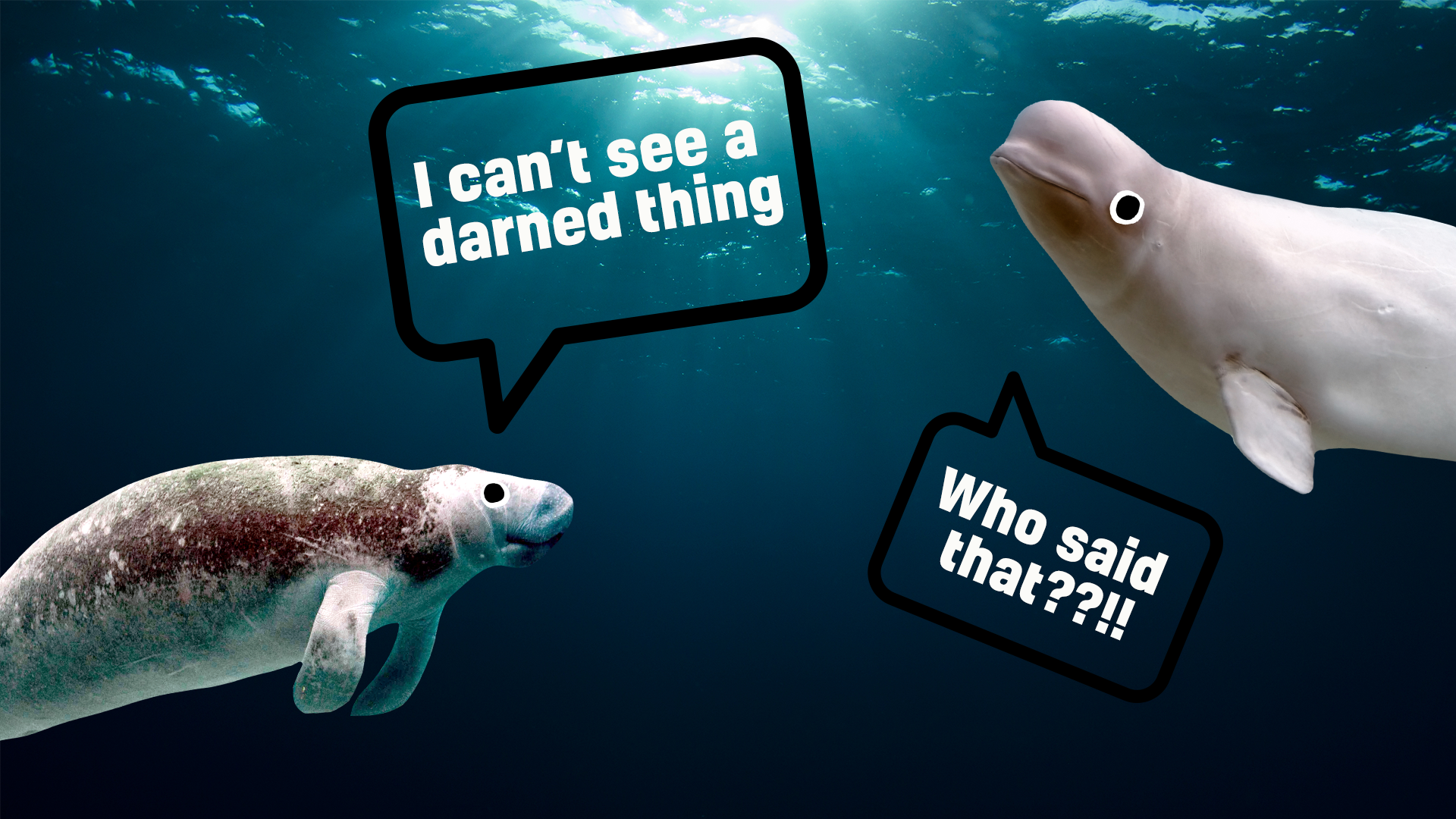
"Thames" comes from "Tamesis", an old Celtic word thought to mean "dark". The Thames does look quite gloomy, especially on a rainy day!
9. You can "mudlark" on the Thames
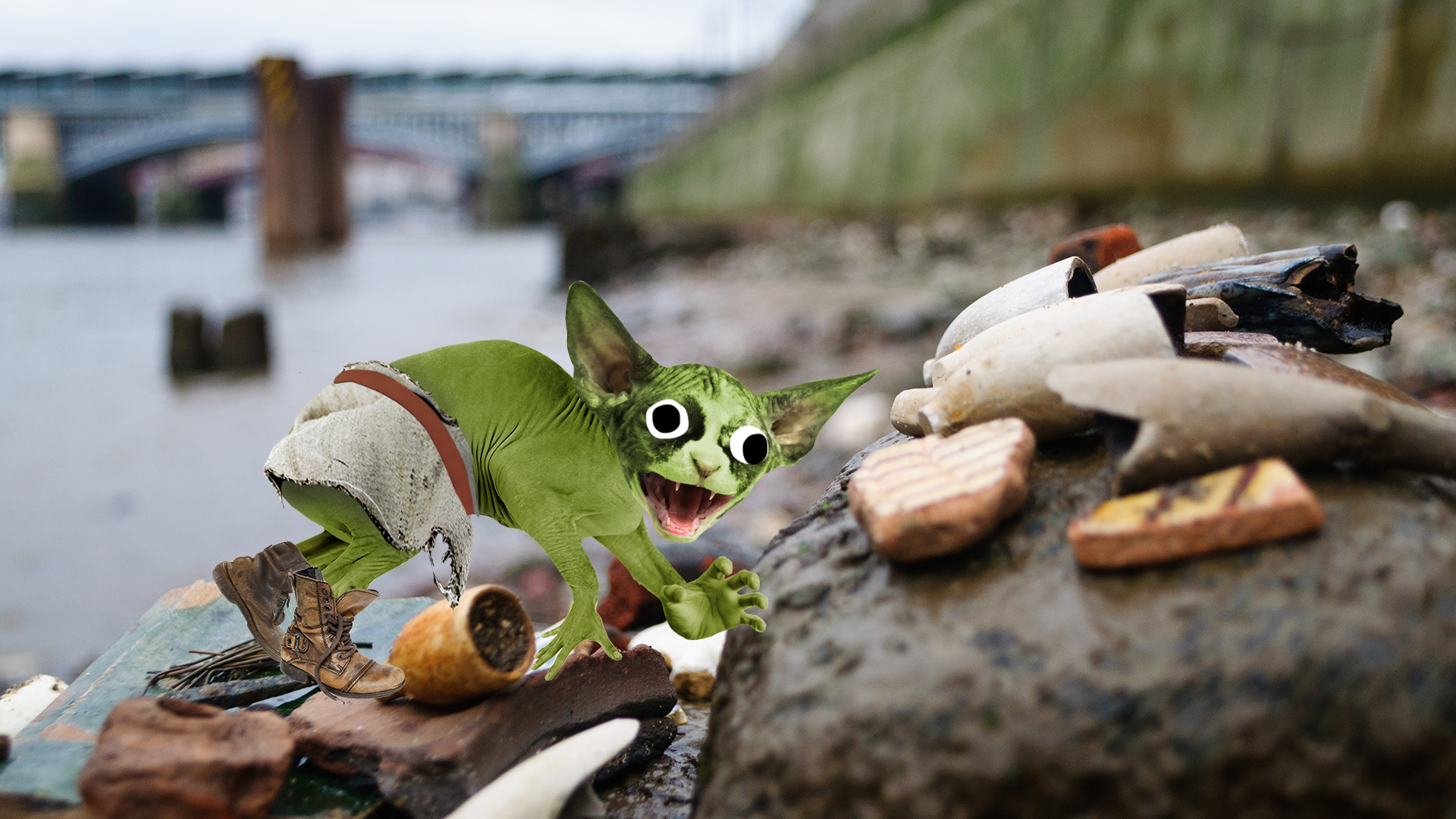
"Mudlarking" is the name given to the act of scouring a river bed at low tide, looking for valuables that had been dropped in the river and washed ashore. It was really popular on the banks of the Thames in the 18th and 19th century, and most mudlarks were children! They were usually very poor kids, who looked for stuff they could sell or reuse. Mudlarking is still a hobby for some on the Thames - but you need a permit to do it!
10. It was a polar bear's swimming pool
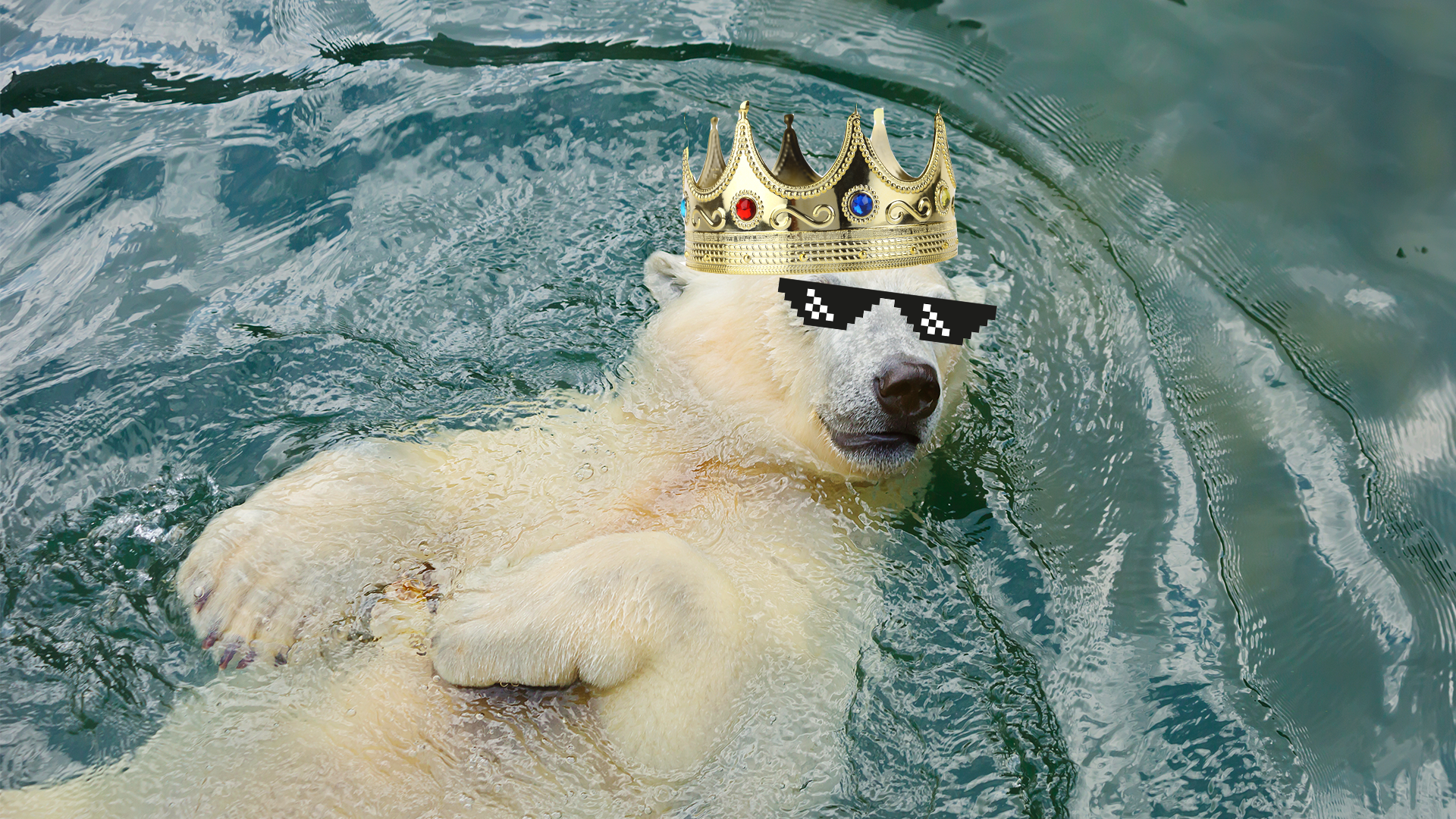
And not because of the cold weather! In 1251 Henry III was given a polar bear as a gift by the king of Norway. The bear lived in the Tower of London, except for hot summer days, when it was allowed to take a dip in the river!
11. It's one of the cleanest city rivers in the world
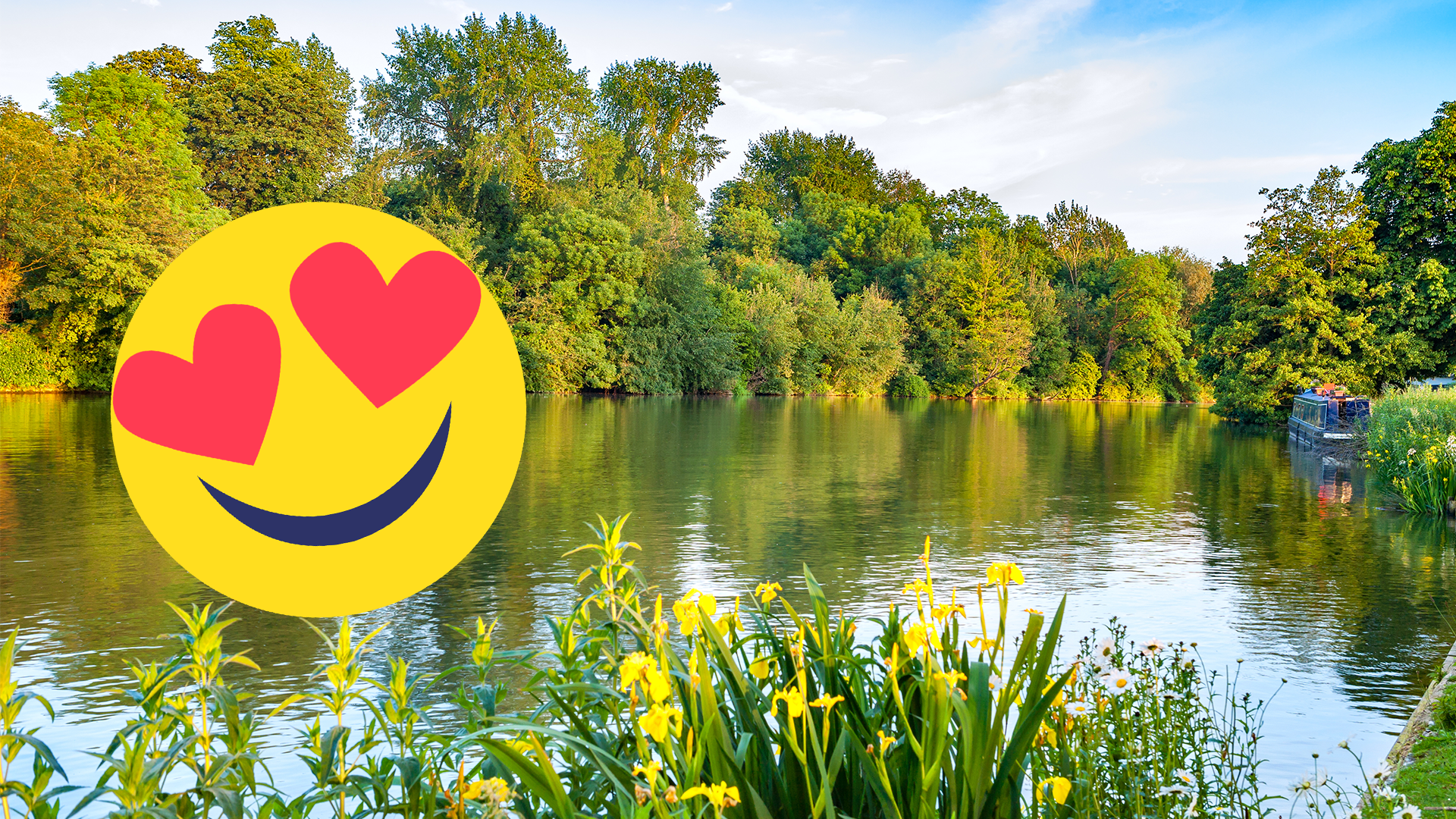
Typically, city rivers are a lot dirtier than country rivers, which makes sense - there are more people, cars and industry, which means more litter and pollution. The Thames is no exception to this, but it's actually nowhere near as dirty as it could be! In 1959 the river was declared biologically dead by the Natural History Museum (that is, not a good place for living organisms), but it became a lot cleaner in the 1960s when London's sewage system improved. Nowadays plastic waste is its biggest problem - do your part to keep the Thames clean by taking your litter away!















